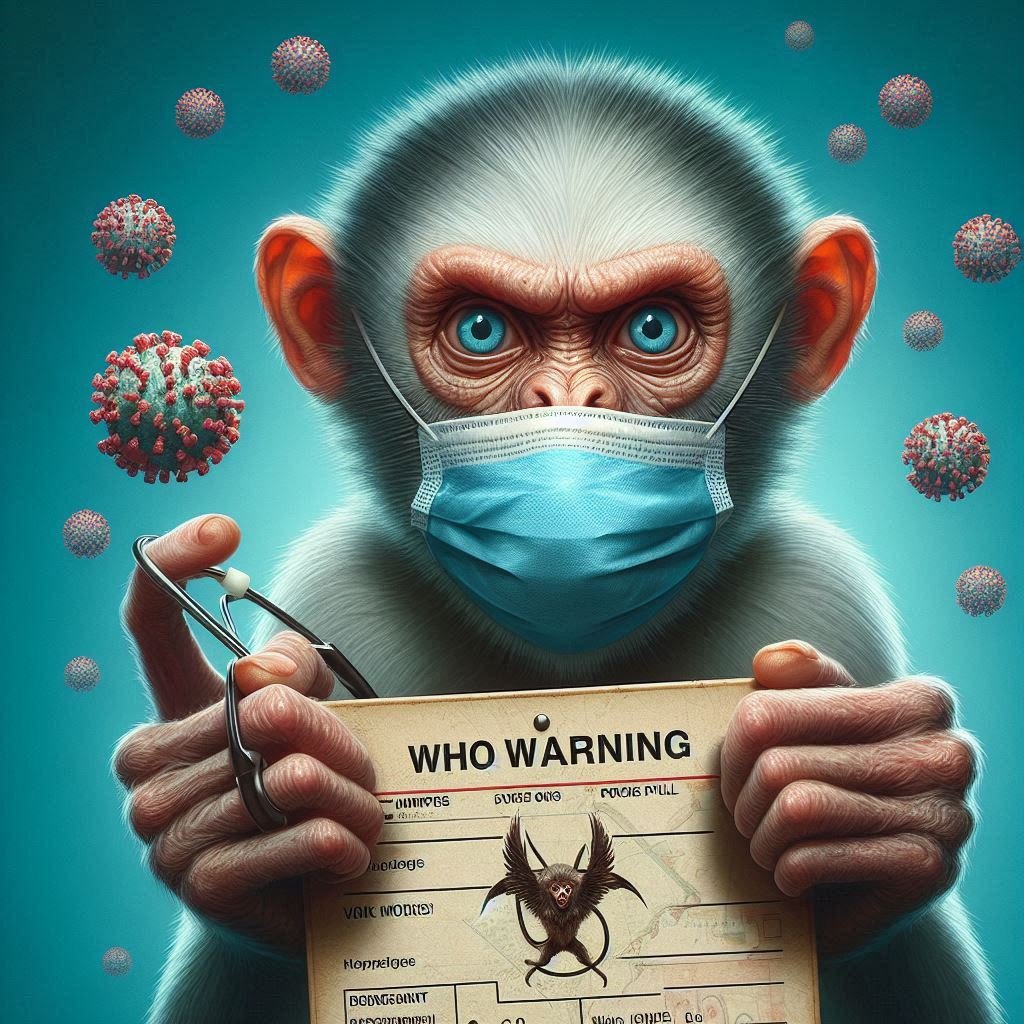As global health concerns continue to rise, the World Health Organization (WHO) has declared the Monkeypox virus outbreak a public health emergency of international concern. This declaration underscores the seriousness of the situation and the need for heightened awareness and response. In this post, we’ll explore the key details about the outbreak, including the main symptoms, transmission methods, and effective remedies.
Understanding Monkeypox: What is It?
Monkeypox is a rare viral infection that is similar to smallpox, though generally less severe. It was first discovered in 1958 when two outbreaks of a pox-like disease occurred in colonies of monkeys kept for research, hence the name “monkeypox.” The first human case was recorded in 1970 in the Democratic Republic of the Congo, and since then, the virus has been primarily confined to Central and West African countries.
WHO Declares a Global Health Emergency
The decision by WHO to declare a global health emergency reflects the rapid spread of monkeypox to countries outside of Africa, including several regions in Europe, the Americas, and Asia. The declaration is intended to mobilize international cooperation and resources to contain the outbreak and prevent it from becoming a global pandemic.
Main Symptoms of Monkeypox
Monkeypox symptoms can vary from mild to severe, and they typically appear within 7-14 days after exposure to the virus. The main symptoms include:
- Fever: One of the first signs of monkeypox, often accompanied by chills.
- Headache: Intense headaches are common and can be debilitating.
- Muscle Aches: General muscle pain and weakness are typical.
- Fatigue: A significant drop in energy levels, leading to exhaustion.
- Swollen Lymph Nodes: Lymphadenopathy, or swollen lymph nodes, is a distinguishing symptom of monkeypox, unlike smallpox.
- Rash: The most notable symptom is a rash that begins on the face and spreads to other parts of the body, including the palms of the hands and soles of the feet. The rash progresses through several stages, starting as macules (flat, red spots) and evolving into papules (raised bumps), vesicles (fluid-filled blisters), and finally scabs.
How is Monkeypox Transmitted?
Monkeypox can spread from person to person through close contact with an infected individual. Transmission can occur via:
- Direct Contact: With the rash, body fluids, or respiratory droplets of an infected person.
- Contaminated Objects: Handling items like bedding or clothing that have been in contact with the monkeypox rash.
- Animal to Human: Through bites or scratches from infected animals, or consuming undercooked meat from an infected animal.
Remedies and Prevention
While there is no specific treatment for monkeypox, the symptoms are generally self-limiting, meaning they can resolve on their own with time. However, supportive care and management of symptoms are crucial. Here are some key remedies and preventive measures:
Public Awareness: Governments and health organizations are working to raise awareness about the virus, its symptoms, and how to prevent its spread. Staying informed and following guidelines from health authorities is essential.
Vaccination: The smallpox vaccine has been found to offer protection against monkeypox. Countries with access to this vaccine may use it to control the outbreak.
Isolation: Infected individuals should be isolated to prevent the spread of the virus. This includes avoiding close contact with others and staying away from public places.
Symptom Management: Over-the-counter medications can help relieve pain and fever. Antiviral drugs like Tecovirimat (TPOXX), which is approved for smallpox, may also be used in severe cases under medical supervision.
Hygiene Practices: Regular handwashing with soap and water, using hand sanitizer, and disinfecting surfaces can help reduce the risk of transmission.
Share this content:


Hi, this is a comment.
To get started with moderating, editing, and deleting comments, please visit the Comments screen in the dashboard.
Commenter avatars come from Gravatar.